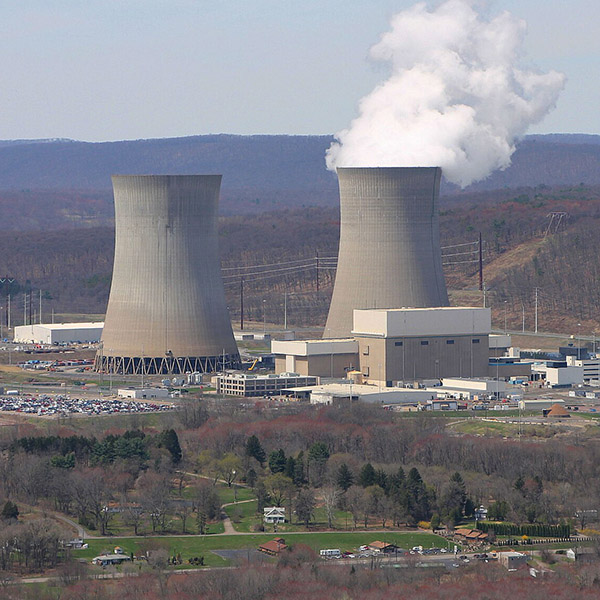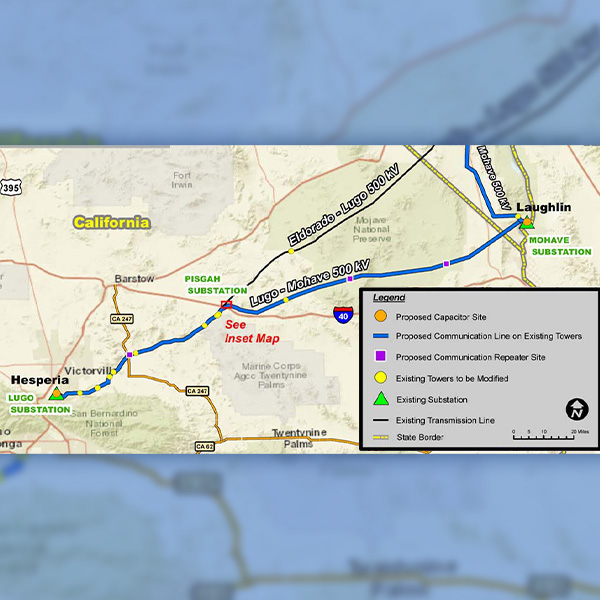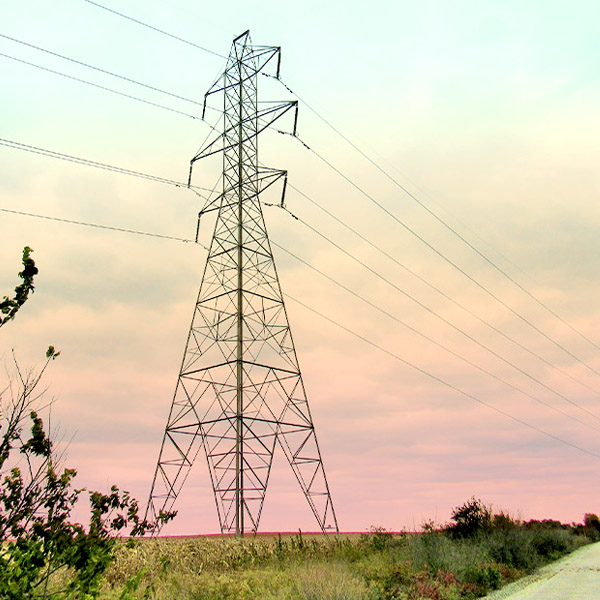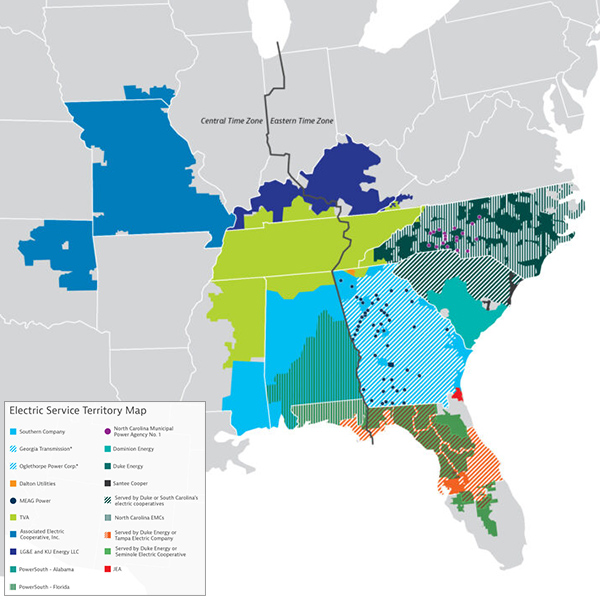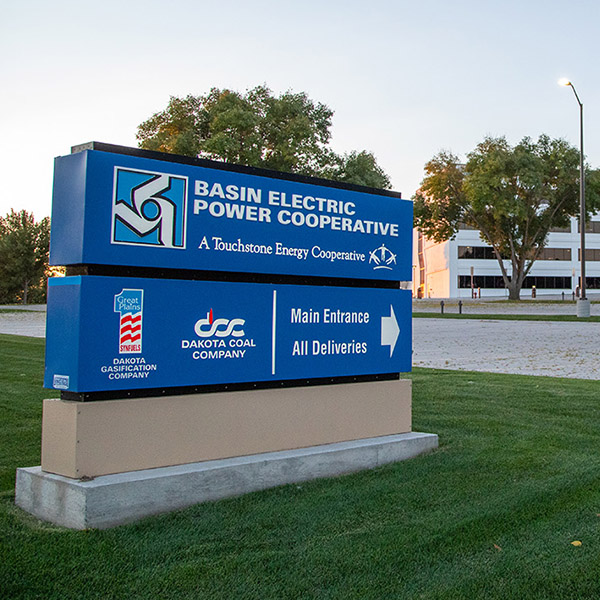Transmission Rates
The ongoing debate around Order 1920 and its pending rehearing requests continued at FERC’s monthly open meeting, a day after it came up at a House oversight hearing.
Talen Energy’s deal to carve out capacity from its Susquehanna Nuclear Plant to serve a growing data center on its site drew protests at FERC from other parties who argued the deal and others like it could shift costs and threaten reliability.
FERC approved two transmission incentives requested by Southern California Edison that would offset potential costs associated with building the Del Amo-Mesa-Serrano and Lugo-Victor-Kramer projects.
FERC Order 1920 could help move the bar significantly on more efficiently expanding the transmission grid, but its ultimate success depends on how it and other policies are implemented, stakeholders say.
FERC has received rehearing requests on Order 1920 ranging from stakeholders who just want to see a few tweaks, to those who prefer the commission trash the entire order and start over.
The states that filed for a rehearing of FERC Order 1920 on transmission planning and cost allocation either argue the federal regulator is overstepping its authority or want changes to the order to ensure it doesn’t upset ongoing regional planning efforts.
FERC requested stakeholder arguments on whether SEEM should be considered a loose power pool under Order 888.
FERC Commissioner Allison Clements said Order 1920 will make it easier for states to address the changes facing the industry.
A FERC administrative law judge found that Basin Electric Power Cooperative improperly included the costs of a for-profit gasification business in its wholesale electricity rates.
FERC approved CAISO tariff revisions that will allow transmission owners to recover transmission revenue shortfalls attributed to transitioning their assets into the Extended Day-Ahead Market.
Want more? Advanced Search

